In a particularly morose short story by F. Scott Fitzgerald, ‘The Cut-Glass Bowl’ becomes the centrepiece for a family’s macabre downfall. It is the legacy of modernism’s aesthetic of fragmentation that glass in its integral form should be an object of suspicion – we’re more comfortable with iconoclastic shards, tossing away tradition.
‘White Light/White Heat’ at the Wallace Collection and London College of Fashion looks beyond fragmentation. Featuring newly commissioned works drawn from the third Glasstress collateral exhibition at the Venice Biennale, this selection explores the responses of contemporary artists working with the Berengo glassmaking studio in Murano. Borrowed from Velvet Underground’s second studio album, the exhibition’s epithet sings of the medium’s potentiality; as noted by curators James Putnam and Adriano Berengo, light is essential to our perception of glass, while heat is required to shape it.
As the light clatter of forks and cut-glass tones raise a dainty cacophony under the high glass ceiling of the Wallace Collection courtyard, Glasstress stages a well-mannered revolution. Silent behind Cornelia Parker’s perfectly square vitrine is, not Tilda Swinton, but a flawless drum, its glass drumsticks daring you to smash through the sanitised symmetry. This desire is wittily incarnated in Hew Locke’s Mummy’s Little Soldier, its many tiny hands grasping the air as it strides forward, equipped with a clumsy toy gun, its blockish head topped with a splintered crown – a powerless deity for our time.
Brash and brilliant, these multiplying childish fingers are delicately echoed by the subdued beauty of Alastair Mackie’s tiny sculpture of his daughter’s hand moulded in volcanic obsidian. While Michael Joo’s riot shields and Mona Hatoum’s Kapancik pose powerful political comments, Tracey Emin’s work is based simply upon the visual delight and tangibility of the medium, ‘just something I could love’. Her impression of her cat Docket – its smoothed and squashed form halfway between melted liquorice and mis-stuffed taxidermy – is just that.
Above all, Glasstress engages with the illusionistic quality of the material, which is both playful and deceptive. One item in the Wallace Collection’s own exceptional array of 16th- and 17th-century glass is the ‘Trick Glass’ – as the liquid drained away a strange amorphous creature would come into view, ready to tell you if you were chosen or damned. Over at Fashion Space Gallery, Tim Noble & Sue Webster’s Glass Narcissus is a chaotic intertwining of multiple fingers and phalluses which, in an act of perverse shadow-puppetry, projects the unmistakable silhouette of a Janus head.
Glassmaker and curator Adriano Berengo views Glasstress as a mutually informative work in progress, promoting glass as an art form rather than a craft or applied art, thereby enriching the discourse of contemporary art. However, artists working with glass are nothing new – artists such as Chagall visited Murano to experiment with the medium in the 1950s. Speaking at this year’s Biennale, James Putnam stated: ‘I want people to take away the idea that glass is the new medium’. What he intends, surely, is for glass to act as a vessel for conceptual art.
This is not a medium that can be manipulated by ideas alone. After my visit, I stopped by the London Glassblowing Studio in Bermondsey to get a feel for the fabled process behind those glacial forms. The glassblowers twist and slide between furnaces with balletic grace, in movements that become pure performance. Cramped and segmented into liminal spaces, yet nonetheless enjoyable, Glasstress requires a similar working space for its conceptual and aesthetic acrobatics – the grandeur of a palazzo.
‘White Light/White Heat: Contemporary Artists & Glass’ is at the Wallace Collection, and ‘Glasstress: White Light/White Heat’ at Fashion Space Gallery (London College of Fashion) until 23 February 2014.
Unlimited access from just $16 every 3 months
Subscribe to get unlimited and exclusive access to the top art stories, interviews and exhibition reviews.

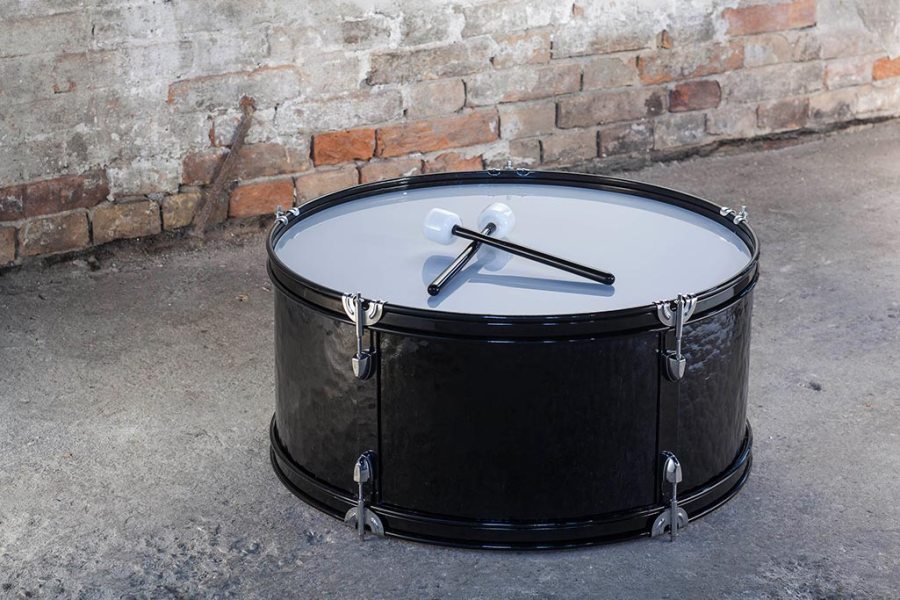
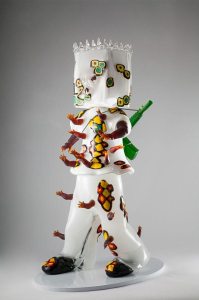
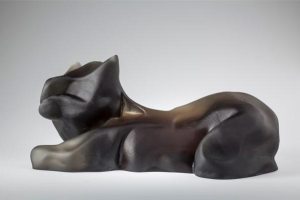
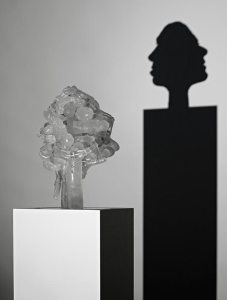


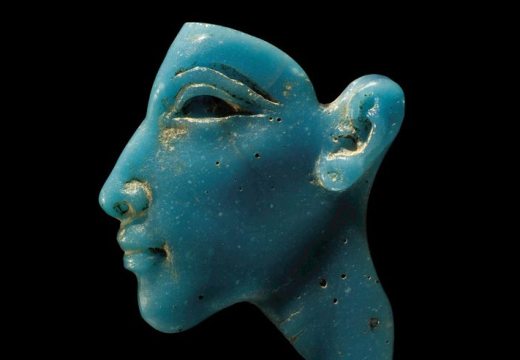









![Masterpiece [Re]discovery 2022. Photo: Ben Fisher Photography, courtesy of Masterpiece London](http://www.apollo-magazine.com/wp-content/uploads/2022/07/MPL2022_4263.jpg)
It’s time for the government of London to return to its rightful home